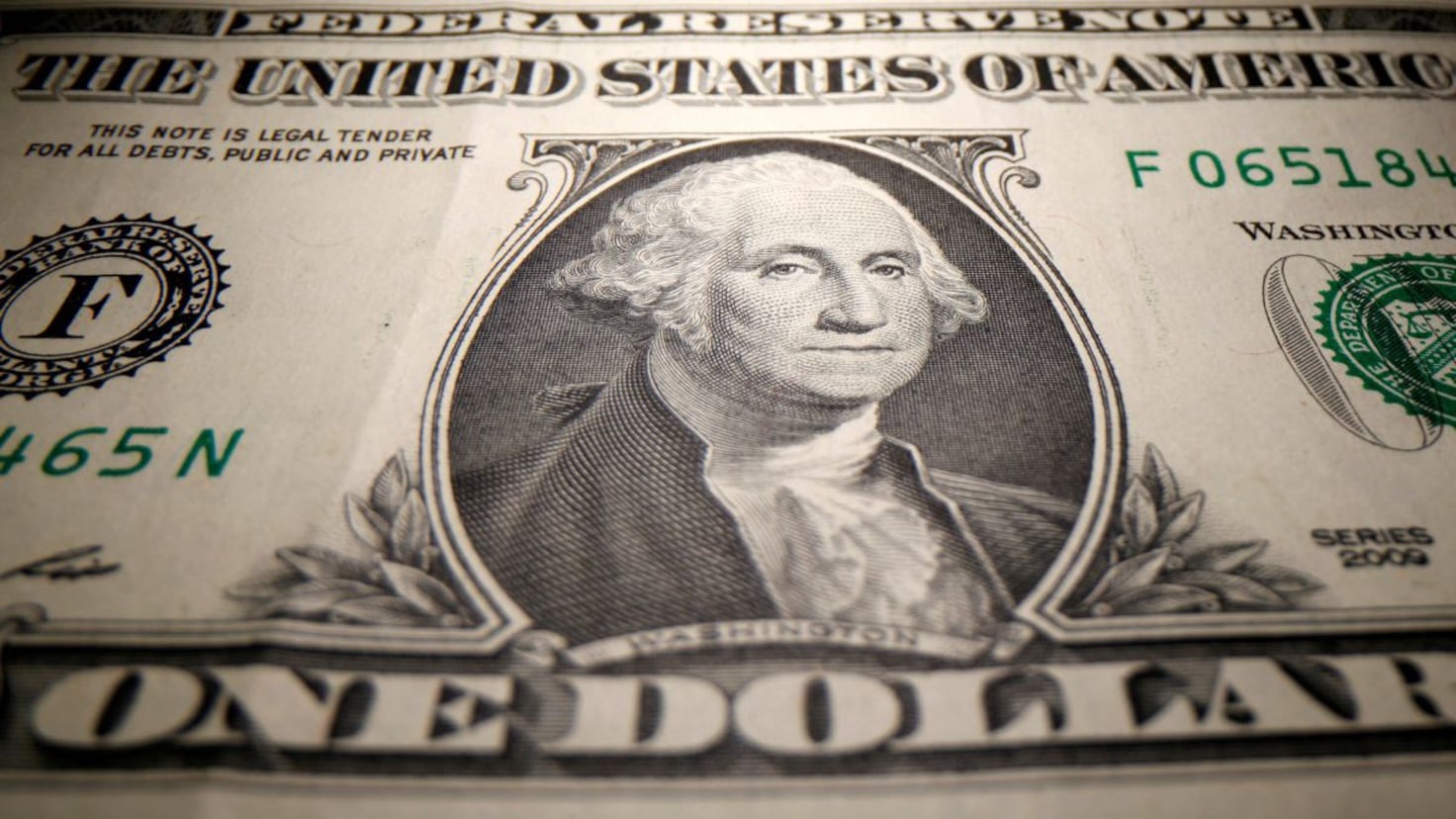The United States of America Part 2
Historical background
Additional data: Names of the US and Demonyms for the US
The principal recorded utilization of the expression "US of America" is a letter from January 2, 1776. Stephen Moylan, a Mainland Armed force helper to General George Washington, kept in touch with Joseph Reed, Washington's confidant, looking to go "with full and more than adequate powers from the US of America to Spain" to look for help with the Progressive Conflict effort.The principal realized public utilization is an unknown paper distributed in the Williamsburg paper, The Virginia Newspaper, on April 6, 1776. By June 1776, the "US of America" showed up in the Articles of Confederation and the Statement of Independence.The Second Mainland Congress embraced the Statement of Freedom on July 4, 1776.
History
Principal article: History of the US
For an effective aide, see Diagram of the historical backdrop of the US.
Native people groups
Additional data: Local Americans in the US and Pre-Columbian period
Precipice Royal residence, worked by Tribal Puebloans in present-day Montezuma Province, Colorado, between c. 1200 and 1275 The principal occupants of North America moved from Siberia across the Bering land span no less than 12,000 years ago; the Clovis culture, which showed up around 11,000 BC, is accepted to be the primary far and wide culture in the Americas.Over the long haul, native North American societies became progressively modern, and some, for example, the Mississippian culture, created horticulture, design, and complex societies. In the post-old fashioned period, the Mississippian societies were situated in the midwestern, eastern, and southern areas, and the Iroquois in the Incomparable Lakes locale, while the Hohokam culture and Tribal Puebloans possessed the southwest.Local populace evaluations of what is presently the US before the appearance of European workers range from around 500,000to almost 10 million. European settlement (from 1492) and the Thirteen States (1607-1776)
Fundamental article: Pioneer history of the US
See moreover: European colonization of the Americas
The 1750 frontier assets of England (in pink and purple), France (in blue), and Spain (in orange) in present-day Canada and the US
Christopher Columbus started investigating the Caribbean for Spain in 1492, prompting Spanish-talking settlements and missions from Puerto Rico and Florida to New Mexico and California.
France laid out its own settlements along the Mississippi Waterway and Bay of Mexico. English colonization of the East Coast started with the Virginia Province (1607) and Plymouth State (1620). The Mayflower Reduced and the Principal Orders of Connecticut laid out points of reference for delegate self-administration and constitutionalism that would foster all through the American colonies. While European pilgrims in what is presently the US encountered clashes with Local Americans, they likewise participated in exchange, trading European apparatuses for food and creature pelts. Relations went from close collaboration to fighting and slaughters.
The pilgrim specialists frequently sought after approaches that constrained Local Americans to embrace European ways of life, including transformation to Christianity. Along the eastern seaboard, pioneers dealt African slaves through the Atlantic slave trade.The first Thirteen Colonies[p] that would later found the US were managed by Extraordinary Britain, and had nearby legislatures with races open to most white male property owners. The frontier populace developed quickly, overshadowing Local American populations; by the 1770s, the normal increment of the populace was to such an extent that main a little minority of Americans had been conceived overseas.The settlements' separation from England considered the improvement of self-governance, and the Principal Incredible Arousing, a progression of Christian restorations, energized pilgrim interest in strict liberty.



